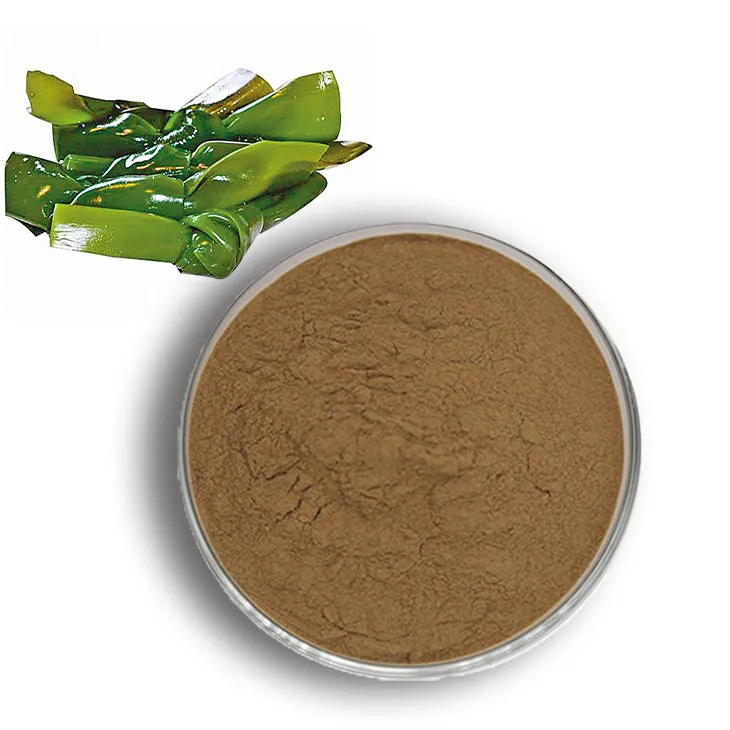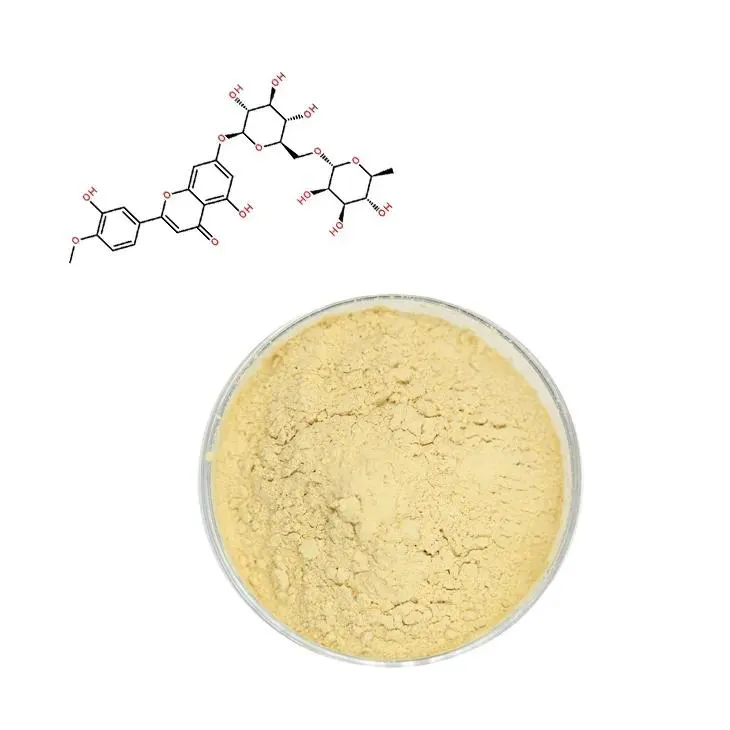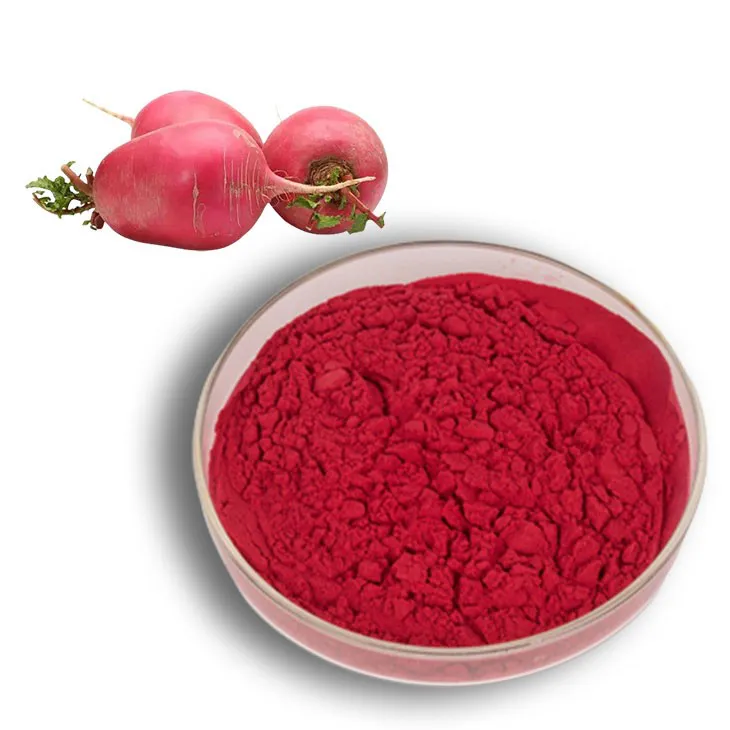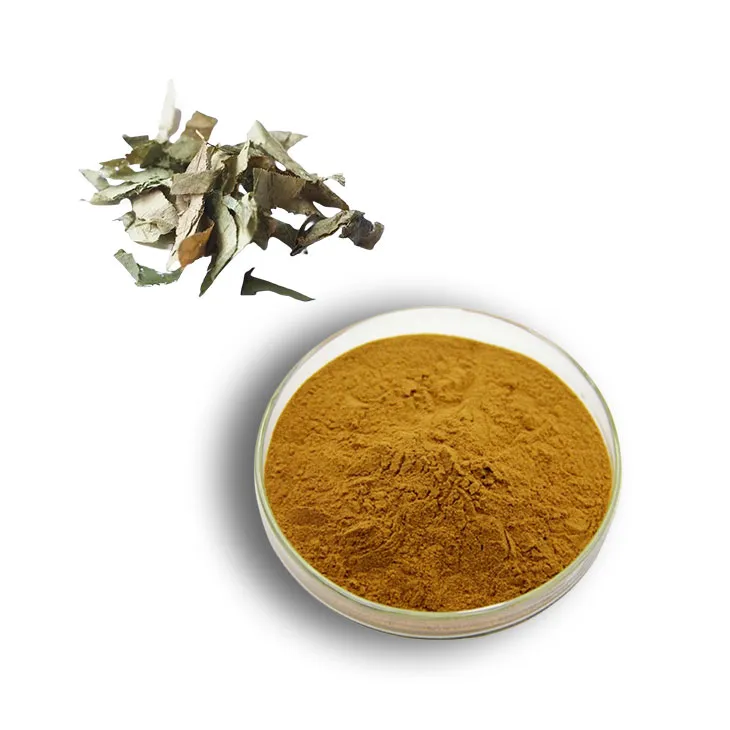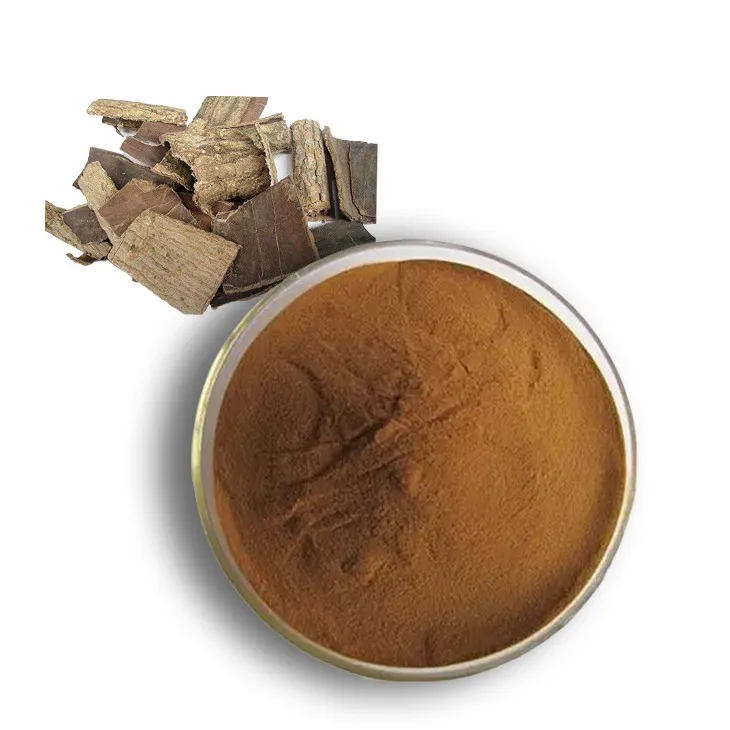- 0086-571-85302990
- sales@greenskybio.com
Shaping the Future: Trends and Innovations in the Fig Extract Industry.
2024-12-10
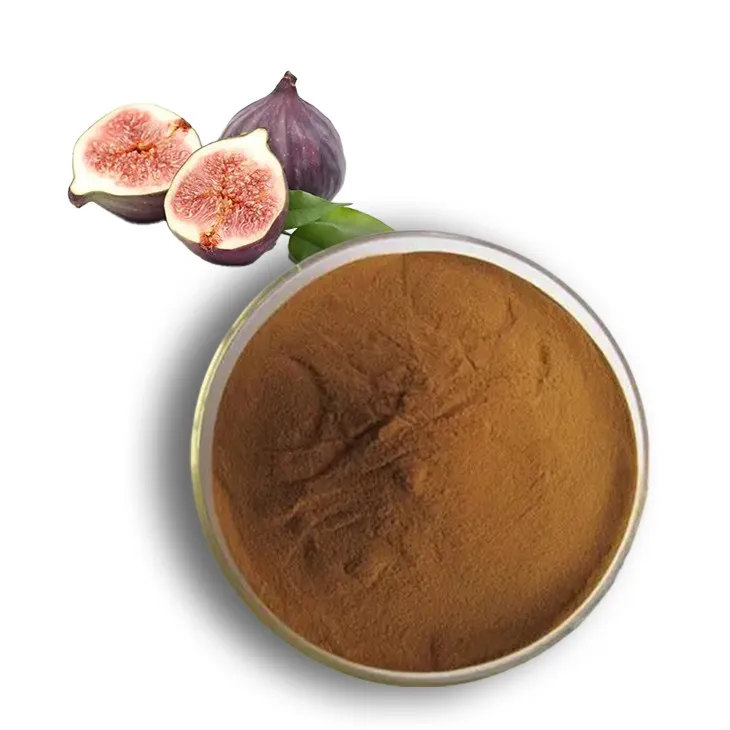
1. Introduction
The Fig Extract industry is currently at an exciting juncture, poised for substantial growth and transformation. Figs, which have been cultivated for thousands of years, are now being recognized for their potential in various sectors, especially health and beauty. Their rich composition of nutrients and antioxidant properties is driving new trends and innovations within the Fig Extract industry.
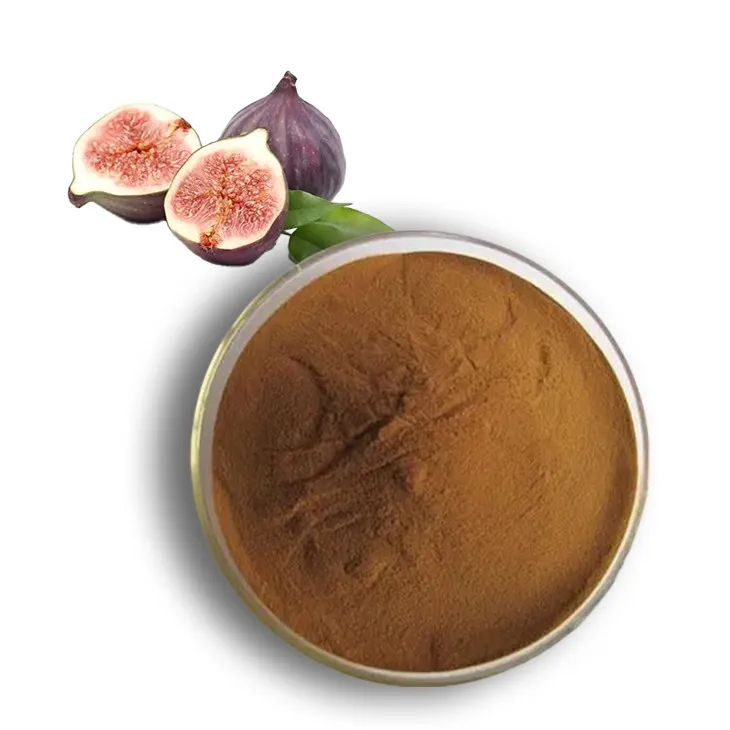
2. Nutritional and Antioxidant Properties of Figs
Figs are a powerhouse of nutrients. They are rich in vitamins such as vitamin A, vitamin C, and various B - vitamins. Vitamin A is essential for good vision, healthy skin, and a strong immune system. Vitamin C is a well - known antioxidant that helps in collagen synthesis and protecting the body against free radicals. The B - vitamins play crucial roles in energy metabolism and maintaining a healthy nervous system.
Figs also contain minerals like potassium, calcium, and magnesium. Potassium is important for heart health and proper muscle function. Calcium is vital for strong bones and teeth, while magnesium is involved in over 300 enzymatic reactions in the body. Additionally, figs are a great source of dietary fiber, which aids in digestion and helps maintain a healthy gut.
Antioxidants in figs are another key aspect. These antioxidants, such as phenolic compounds and flavonoids, scavenge free radicals in the body. Free radicals are unstable molecules that can cause oxidative stress, which is linked to various diseases including cancer, heart disease, and aging - related conditions. By consuming Fig Extracts, which are concentrated sources of these antioxidants, individuals may potentially reduce their risk of such diseases.
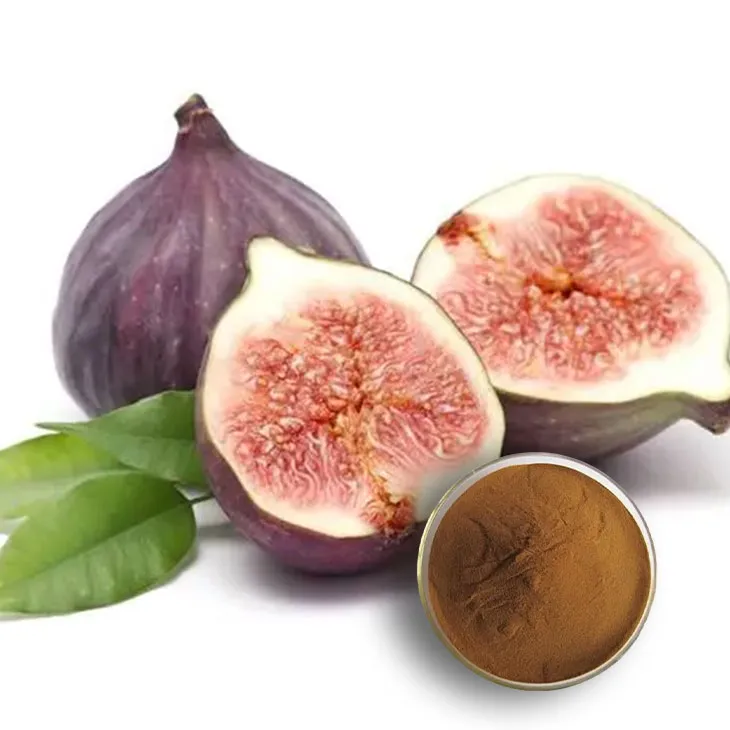
3. Trends in the Fig Extract Industry
3.1 Increasing Demand in the Health Sector
- The health sector is witnessing a growing demand for fig extracts. One of the main reasons is the increasing awareness among consumers about the health benefits of natural products. Figs, being natural and rich in nutrients, are seen as a valuable addition to the diet in the form of extracts.
- Fig extracts are being used in dietary supplements. These supplements are formulated to target specific health concerns such as improving digestion, boosting the immune system, or reducing inflammation. For example, the fiber content in fig extracts can help regulate bowel movements, making it beneficial for those with digestive issues.
- There is also research into the potential of fig extracts in managing chronic diseases. Some studies suggest that the antioxidants in figs may play a role in preventing or slowing down the progression of certain cancers. This has led to increased interest from the pharmaceutical and nutraceutical industries in further exploring the medicinal properties of fig extracts.
3.2 Rising Popularity in the Beauty Industry
- The beauty industry has also caught on to the potential of fig extracts. In skincare products, fig extracts are being used for their antioxidant and moisturizing properties. The antioxidants help protect the skin from environmental damage such as UV radiation and pollution, which can lead to premature aging.
- Fig extracts are also rich in natural oils and acids that can nourish the skin. For example, they can help in maintaining the skin's moisture barrier, leaving the skin soft and supple. In haircare products, fig extracts are being explored for their potential to strengthen hair follicles and promote hair growth.
- As consumers are becoming more conscious about the ingredients in their beauty products and are preferring natural and organic options, the demand for fig - based beauty products is on the rise. This trend is expected to continue as more research is done on the beauty benefits of fig extracts.

4. Innovations in Extraction Techniques
4.1 Solvent - based Extraction
- Solvent - based extraction is one of the traditional methods used in the fig extract industry. Commonly used solvents include ethanol and methanol. This method involves soaking the figs in the solvent to dissolve the desired compounds, such as the nutrients and antioxidants.
- However, one of the challenges with solvent - based extraction is the removal of the solvent residues from the final extract. Residual solvents can be harmful if consumed in large quantities, so strict quality control measures are required to ensure that the final product is safe for human consumption.
- Researchers are constantly working on improving solvent - based extraction techniques. This includes optimizing the solvent - to - fig ratio, extraction time, and temperature to maximize the yield of the desired compounds while minimizing solvent residues.
4.2 Supercritical Fluid Extraction
- Supercritical fluid extraction (SFE) is an emerging and innovative technique in the fig extract industry. Supercritical fluids, such as carbon dioxide (CO₂), are used as the extraction medium. CO₂ in its supercritical state has properties between those of a gas and a liquid, which makes it an excellent solvent for extracting compounds from figs.
- One of the main advantages of SFE is that it is a "clean" extraction method. Since CO₂ is a gas at normal conditions, it can be easily removed from the final extract, leaving no solvent residues. This results in a purer and higher - quality fig extract.
- Another advantage is the selectivity of SFE. By adjusting the pressure and temperature of the supercritical CO₂, it is possible to selectively extract specific compounds from figs. For example, it can be used to extract only the antioxidant - rich fractions, leaving behind other unwanted components.
4.3 Enzyme - Assisted Extraction
- Enzyme - assisted extraction is another innovative approach in the fig extract industry. Enzymes are used to break down the cell walls of figs, making it easier to extract the desired compounds. This method can increase the yield of the extract and also improve the quality by reducing the degradation of the bioactive compounds.
- Commonly used enzymes in fig extract production include cellulases and pectinases. These enzymes target the cellulose and pectin components of the fig cell walls, respectively. By breaking down these components, the intracellular compounds are more accessible for extraction.
- However, enzyme - assisted extraction also requires careful control of the enzyme concentration, reaction time, and temperature. If these parameters are not optimized, it can lead to over - digestion of the figs or inactivation of the enzymes, which can affect the quality and yield of the extract.
5. Quality Control and Standardization in the Fig Extract Industry
- Quality control is of utmost importance in the fig extract industry. As the demand for fig extracts grows, especially in the health and beauty sectors, it is essential to ensure that the products are of high quality and safe for consumption or use.
- One aspect of quality control is the analysis of the chemical composition of fig extracts. This involves determining the levels of nutrients, antioxidants, and other bioactive compounds. High - performance liquid chromatography (HPLC) and gas chromatography - mass spectrometry (GC - MS) are some of the analytical techniques used for this purpose.
- Standardization is also crucial. It involves setting specific criteria for the quality of fig extracts, such as the minimum and maximum levels of certain compounds. This helps in ensuring consistency in the products, which is important for both manufacturers and consumers.
- Another important factor in quality control is the testing for contaminants. This includes pesticides, heavy metals, and microbial contaminants. Fig extracts must be free from harmful levels of these contaminants to be considered safe for use in health and beauty products.
6. Market Outlook and Future Prospects
The future of the fig extract industry looks promising. With the increasing trends in the health and beauty sectors, the demand for fig extracts is expected to continue to rise. The innovations in extraction techniques are also likely to contribute to the growth of the industry by enabling the production of higher - quality and more consistent products.
- On the market side, more companies are expected to enter the fig extract business, both in the production of dietary supplements and beauty products. This will lead to increased competition, which may result in lower prices and more accessible products for consumers.
- However, challenges remain. One of the main challenges is the need for more research on the long - term health and safety of fig extracts. Although figs have been consumed for a long time, more studies are needed to fully understand the effects of concentrated fig extracts, especially when used in high doses or in combination with other substances.
- Another challenge is the regulatory environment. Different countries have different regulations regarding the use of fig extracts in health and beauty products. Manufacturers need to comply with these regulations, which can be complex and time - consuming.
7. Conclusion
The fig extract industry is evolving rapidly, driven by trends in the health and beauty sectors and innovations in extraction techniques. The increasing demand for natural and beneficial products has put fig extracts in the spotlight. As the industry continues to grow, it is essential to focus on quality control, standardization, and research to ensure the long - term success and safety of fig extract products. With proper management of these aspects, the fig extract industry has the potential to shape a healthier and more beautiful future.
FAQ:
What are the main nutrients in fig extract?
Fig extract is rich in various nutrients. It contains vitamins such as vitamin A, vitamin C, and some B - vitamins. Minerals like potassium, calcium, and magnesium are also present. Additionally, it has dietary fiber which can contribute to digestive health.
How do the antioxidant properties of fig extract benefit the health and beauty sectors?
In the health sector, the antioxidant properties of fig extract can help in fighting free radicals in the body. This may reduce the risk of chronic diseases like heart disease and certain cancers. In the beauty sector, antioxidants can slow down the aging process of the skin by preventing oxidative damage. It can also improve skin complexion and elasticity.
What are the new extraction techniques in the fig extract industry?
Some of the new extraction techniques include supercritical fluid extraction. This method uses supercritical fluids, often carbon dioxide, which can extract the desired compounds from figs with high efficiency and purity. Another technique is microwave - assisted extraction, which speeds up the extraction process by using microwaves to break down the cell walls of figs and release the extractable components more quickly.
How is the increasing demand in the health and beauty sectors affecting the fig extract industry?
The increasing demand in the health and beauty sectors is driving the growth of the fig extract industry. Manufacturers are investing more in research and development to improve the quality and effectiveness of fig extract products. There is also an expansion in production capacity to meet the rising market demands. This is leading to more competition among producers, which may further drive innovation in the industry.
What challenges does the fig extract industry face in terms of innovation?
One challenge is the cost associated with implementing new extraction techniques. New equipment and technologies can be expensive to acquire and maintain. Another challenge is regulatory compliance. Ensuring that the new extraction methods and resulting products meet the strict regulatory standards in the health and beauty sectors can be complex. Additionally, there may be a lack of skilled personnel trained in the new extraction techniques, which can slow down the pace of innovation.
Related literature
- Advances in Fig Extract: Nutritional and Therapeutic Potentials"
- "Innovative Extraction Technologies for Fig - Based Products"
- "The Role of Fig Extract in the Health and Beauty Market: Current Trends and Future Prospects"
- ▶ Hesperidin
- ▶ citrus bioflavonoids
- ▶ plant extract
- ▶ lycopene
- ▶ Diosmin
- ▶ Grape seed extract
- ▶ Sea buckthorn Juice Powder
- ▶ Beetroot powder
- ▶ Hops Extract
- ▶ Artichoke Extract
- ▶ Reishi mushroom extract
- ▶ Astaxanthin
- ▶ Green Tea Extract
- ▶ Curcumin Extract
- ▶ Horse Chestnut Extract
- ▶ Other Problems
- ▶ Boswellia Serrata Extract
- ▶ Resveratrol Extract
- ▶ Marigold Extract
- ▶ Grape Leaf Extract
- ▶ blog3
- ▶ blog4
- ▶ blog5
-
Shikone Extract
2024-12-10
-
Kelp Extract Powder
2024-12-10
-
Diosmin
2024-12-10
-
Beetroot Powder
2024-12-10
-
Withania Somnifera Extract
2024-12-10
-
Epimedium extract powder
2024-12-10
-
Eucommia Ulmoides Extract
2024-12-10
-
Calendula Extract
2024-12-10
-
Hops Extract
2024-12-10
-
Dandelion Root Extract
2024-12-10












